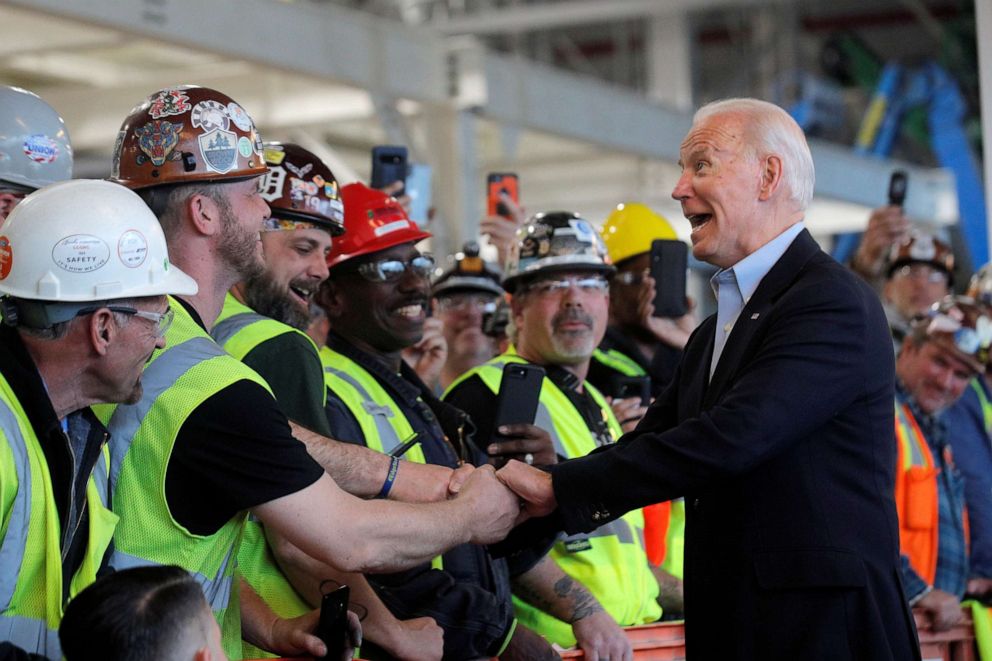The American Rescue Plan and coalition-building

While Republicans remain focused on the interests of the .1%, the American Rescue Plan represents diametrically opposed priorities:
Four key elements of the American Rescue Plan Act would reduce the projected poverty rate for 2021 by more than one-third. In an earlier analysis, we projected that without this legislation, the 2021 annual poverty rate would be 13.7 percent. We project that key elements of the American Rescue Plan would reduce that annual poverty rate to 8.7 percent. The policies would reduce poverty by more than half for children and for people in households experiencing job loss. Poverty would fall about 42 percent for Black, non-Hispanic people, 39 percent for Hispanic people, and 34 percent for white, non-Hispanic people, reducing the disparities in poverty rates for Black, non-Hispanic people and Hispanic people relative to white, non-Hispanic people.
The bill is also overwhelmingly popular with the public, including white voters without college degrees:
Remarkable poll findings:
* CNN poll shows big majorities of noncollege whites back Biden rescue plan/stimulus checks
* Pew poll shows majority of low income Republicans back the plan's spending levels
Yet no GOP lawmakers are talking to those voters:https://t.co/kAFBvCVcoR pic.twitter.com/WO61u2qcTI— Greg Sargent (@ThePlumLineGS) March 10, 2021
Ed Kilgore raises the interesting question of whether this might help Democrats bring some working class voters back into the fold:
Biden should have at least a good a shot at this counterintuitive appeal as did Obama, and if he delivers tangible benefits, 2022 should not resemble 2010, if only because many potential Republican voters may not be as super-energized as they were back then, or even last year. The fact that Biden’s bond with minority voters (or at least Black voters) is nearly as strong as Obama’s will help ensure he’s not trading one bloc of voters for another, and building a new coalition, not betraying his old one.
It’s in this context that the arguments about “targeting” benefits in the COVID-19 bill should be understood. It’s often assumed that swing voters are mostly concerned about avoiding too much government spending and would support efforts to reduce the price tag of stimulus measures by “targeting” them to the neediest of Americans. The swing voters Stan Greenberg is talking about — and that’s he’s studied closely since the 1980s — are most concerned that their own strongly felt needs are addressed. It’s the perception that Democrats no longer care about them that is the problem, not resentment that Democrats care about minority Americans as well.
In today’s intensely competitive political environment, it won’t take that many converts to give Democrats an edge going forward.
The last point is important. Obviously, most working class voters who either shifted to Trump or were motivated to vote for the first time by Trump are were not motivated by material benefits. But Democrats don’t need to win them all back; even a relatively modest shift could make a big difference as Trump continues to chase educated voters into the Democratic coalition. I don’t know if it will work, but the ARP is great policy and if it attracts voters Democrats have been losing all the better.


